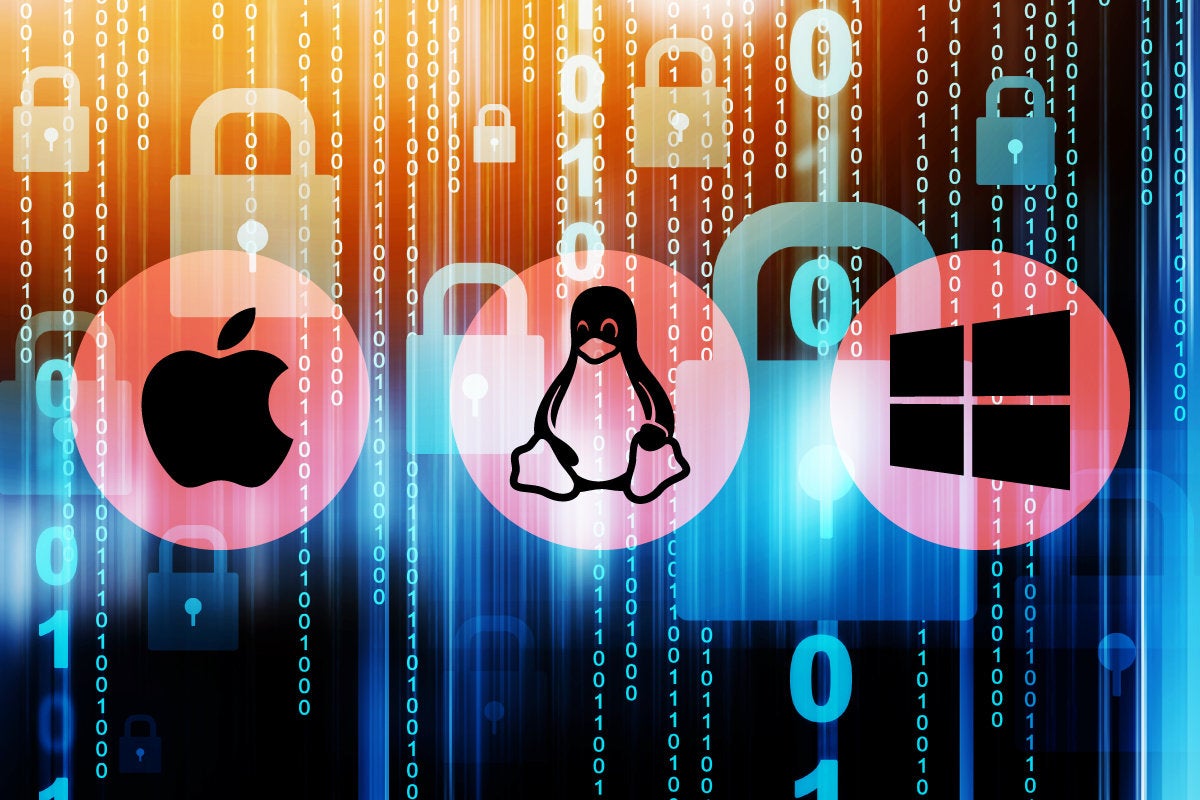Logistic Regression Using Python
The goal of a binary classification problem is to predict a class label, which can take one of two possible values, based on the values of two or more predictor variables (sometimes called features in machine language terminology). For example, you might want to predict the sex (male = 0, female = 1) of a person based on their age, annual income and height. There are many different ML techniques you can use for binary classification. Logistic regression is one of the most common. Logistic regression is best explained by example. ... This article explains how to implement logistic regression using Python. There are several machine learning libraries that have built-in logistic regression functions, but using a code library isn't always feasible for technical or legal reasons. Implementing logistic regression from scratch gives you full control over your system and gives you knowledge that can enable you to use library code more effectively.
How to focus on solutions, rather than playing the blame game between business and IT

This perennial blame game follows us in our personal lives as well, especially after recent political events. Hop onto your favorite 24-hour cable or radio news show, and it seems the world is on the brink of destruction due to the opposing political party. Every ill in the world, and there are dozens of new ones every day, is the fault of the other side. Take a moment to flip up or down a few channels, and you'll find a station representing the other political party, equally outraged at a world teetering on the brink of destruction due to the actions of your party. ... Amplifying grievances, both real and imagined, has become a big business and surrounds us in our professional and personal lives. It's easy to see why: when you can blame all your professional and personal problems on another party, one that you're unable to change or impact, you're absolved of any accountability or control over your own destiny.
Here's What Happens When Your Mom Or Dad Steals Your Identity

Minors are attractive targets for identity theft. Because of their young age, they have clean credit reports and often don't discover the theft until they reach adulthood and apply for credit, John Krebs, identity theft program manager with the Federal Trade Commission, told BuzzFeed News. And their social security number and other personal information is easily available to family members — so easily available that there are cases of parents secretly using their adult children's information to open lines of credit. Hailee, a 23-year-old community college student in Pennsylvania, told BuzzFeed News she is working off $500 in debt on a credit card she didn't know existed until recently. Her mother opened the account in her name in 2015 and used it to replace a broken air conditioner. Hailee said she didn't discover the account until Wells Fargo began pestering her about late payments.
Data Science is Changing and Data Scientists will Need to Change Too

There’s a sea change underway in data science. It’s changing how companies embrace data science and it’s changing the way data scientists do their job. The increasing adoption and strategic importance of advanced analytics of all types is the backdrop. There are two parts to this change. One is what is happening right now as analytic platforms build out to become one-stop shops for data scientists. But the second and more important is what is just beginning but will now take over rapidly. Advanced analytics will become the hidden layer of Systems of Intelligence (SOI) in the new enterprise applications stack. Both these movements are changing the way data scientists need to do their jobs and how we create value. Advanced analytic platforms are undergoing several evolutionary steps at once. This is the final buildout in the current competitive strategy being used by advanced analytic platforms to capture as many data science users as possible.
Why Linux is better than Windows or macOS for security

The OS you deploy to your users does make a difference for your security stance, but it isn’t a sure safeguard. For one thing, a breach these days is more likely to come about because an attacker probed your users, not your systems. A survey of hackers who attended a recent DEFCON conference revealed that “84 percent use social engineering as part of their attack strategy.” Deploying a secure operating system is an important starting point, but without user education, strong firewalls and constant vigilance, even the most secure networks can be invaded. And of course there’s always the risk of user-downloaded software, extensions, utilities, plug-ins and other software that appears benign but becomes a path for malware to appear on the system. And no matter which platform you choose, one of the best ways to keep your system secure is to ensure that you apply software updates promptly.
APIs Pose 'Mushrooming' Security Risk
"APIs represent a mushrooming security risk because they expose multiple avenues for hackers to try to access a company's data," explains Terry Ray, CTO of Imperva. "To close the door on security risks and protect their customers, companies need to treat APIs with the same level of protection that they provide for their business-critical web applications.” Nevertheless, APIs remain greatly important for business and IT strategy. "The greatest revenue potential (APIs) provide is removing barriers to growing revenue by integrating platforms and apps so organizations can quickly launch new business models and scale fast," explains Louis Columbus, an enterprise software strategist and principal at IQMS, a manufacturing ERP vendor, in a Forbes piece last year. What's more, APIs are also fueling new methods of developing and deploying software. As organizations seek means to deliver and tweak software faster, they're increasingly breaking up large monolithic code bases into smaller chunks of independent code called microservices.
What is the Industrial IoT? And why the stakes are so high

The industrial internet of things is also referred to as the industrial internet, a term coined by GE, and Internet of Industrial Things. Whatever you call it, the IIoT is different from other IoT applications in that it focuses on connecting machines and devices in industries such as oil and gas, power utilities and healthcare. IoT includes consumer-level devices such as fitness bands or smart appliances and other applications that don’t typically create emergency situations if something goes wrong. Simply stated, there is more at stake with IIoT deployments where system failures and downtime can result in life-threatening or high-risk situations. The IIoT brings computers from IT to operational technology, opening up vast possibilities for instrumentation, leading to major efficiency and productivity gains for almost any industrial operation.
Capacity alone won't assure good cloud performance

Truth be told, performance testing is often an afterthought that typically comes up only when there is a performance problem that the users see and report. Moreover, performance usually becomes an issue when the user loads surpass a certain level, which can be anywhere from 5,000 to 100,0000 concurrent sessions, depending on the application. So you discover a problem only when you’re got high usage. At which point you can’t escape the blame. An emerging best practice is to build in performance testing into your devops or cloud migration process. This means adding performance tests to the testing mix and look at how the application workload and connected database deals with loads well beyond what you would expect. This means looking for a performance testing tool that is compatible with your application, the other devops tools you have, and the target cloud platform where the application is to be deployed.
Since threat rigidity occurs when FUD is spread, Weeks suggests that a successful cybersecurity professional will carefully communicate to management how prior incidents were handled and convey new ideas on how to eliminate the current threat. "Any message to a group must contain the minimal amount of critical information needed to support the reaction to a threat," explains Weeks. "Not only evaluating all data points, messaging also carefully considers how the recipient perceived those data points. Knowing an audience and what preconceived ideas and hypothesis they may bring is central to proper communications, especially in a threat-response scenario." ... "Ensuring an organization is confident that a cybersecurity professional is managing a response is arguably just as important, if not more so, than implementing a technical control," Weeks writes, adding it is the only way a cybersecurity professional can maintain his or her credibility.
Using blockchain to solve IoT security challenges
In effect, a “permissioned and private” blockchain could be used to safely on-board IoT and other connected devices, registering them in a private blockchain ledger. New devices attempting to access the network would have to be approved, and found to follow the same security policies to be verified and granted access to the chain – thereby eliminating the possibility for “zombie devices” like the ones that carried out the Dyn DDoS attack. Through this model, IoT devices can communicate with like-IoT devices to determine if the “newbie” is up to par on its security settings, making sure that it only has access to data that authorized IoT devices have permissions for, and that it isn’t siloing data or acting as a ‘thingbot’. For instance, if an employee wants to connect their Fitbit while at work, all they need to do is connect it with another IoT device, which would let the Fitbit know what it needs to do in order to be considered secure enough to receive a connection.
Quote for the day:
"You must have long term goals to keep you from being frustrated by short term failures." -- Charles C. Noble


No comments:
Post a Comment